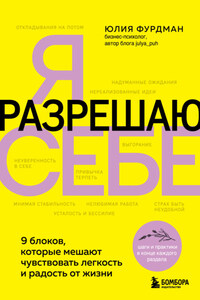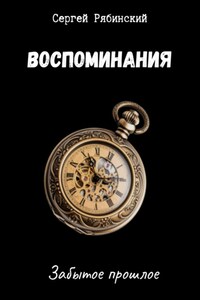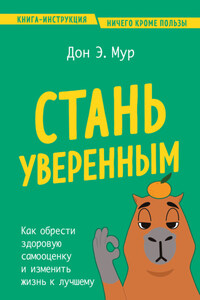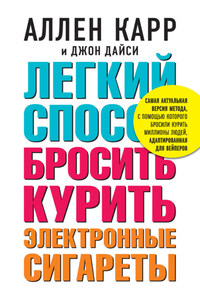The Element Encyclopedia of Magical Creatures: The Ultimate A–Z of Fantastic Beings from Myth and Magic

From unicorns and trolls to werewolves and griffins, this comprehensive guide is the key to discovering every magical creature from myth, folklore and legend around the world.This compendium of magical creatures explores the history, folklore and mythology of fascinating beasts throughout all the magical worlds. Including stories, celebrations, traditions, and amazing facts, the book spans every major culture across the globe.Many of the fantastic creatures described in the book have appeared in the fictitious worlds of the Brothers Grimm, Lewis Carroll, J.K. Rowling, Tolkien and countless other writers who have stirred our imaginations since childhood fairytales. From unicorns, giants, fairies, elves, goblins, dwarves and trolls to nymphs, mermaids, sphinxes, ogres, cyclops, dragons, salamanders, basilisks, banshees, werewolves, griffins, centaurs, satyrs and gremlins – this is the ultimate reference book on creatures from the magical world.Organized from A to Z for easy reference, the cross–cultural focus spans from the most ancient of creatures to those which have come to prominence more recent ly. Discover everything from obscure magical beings to everyday animals that carry magical symbolism.Find out more in The Fantastic World of Magical Creatures.







